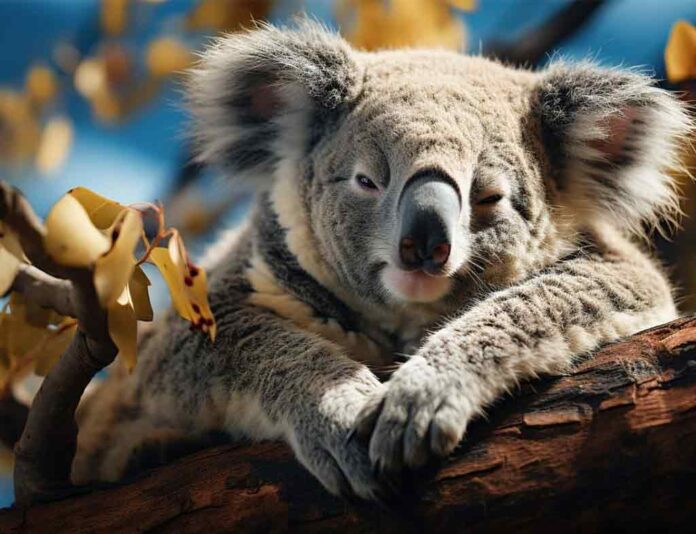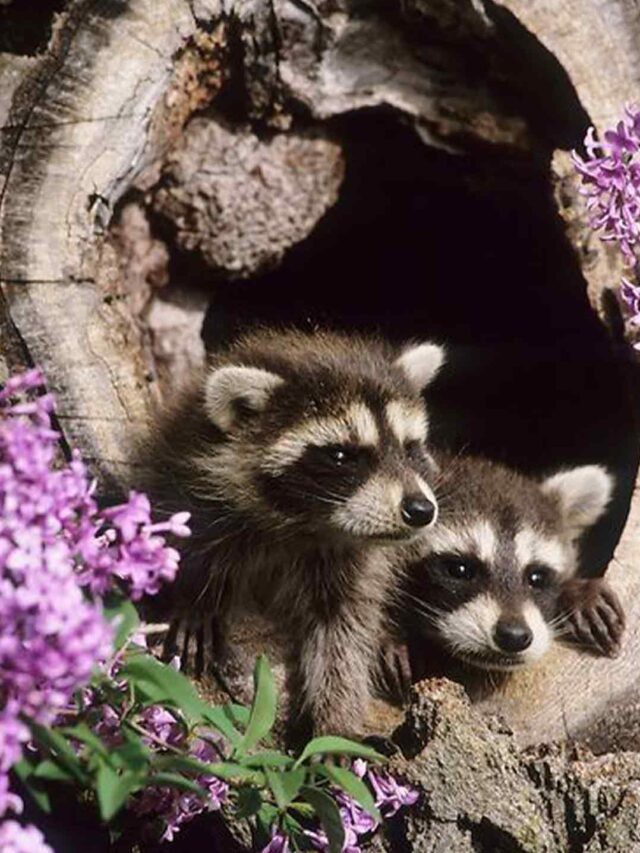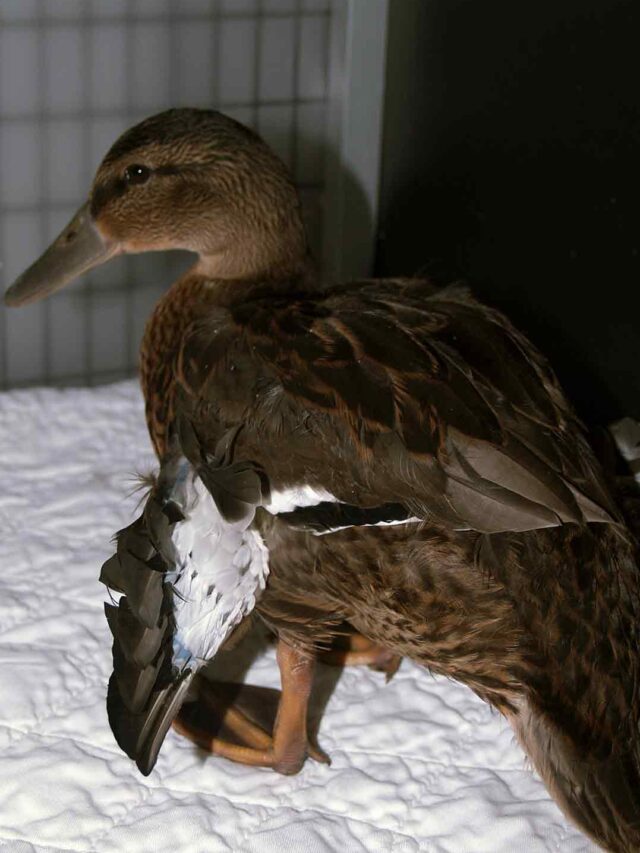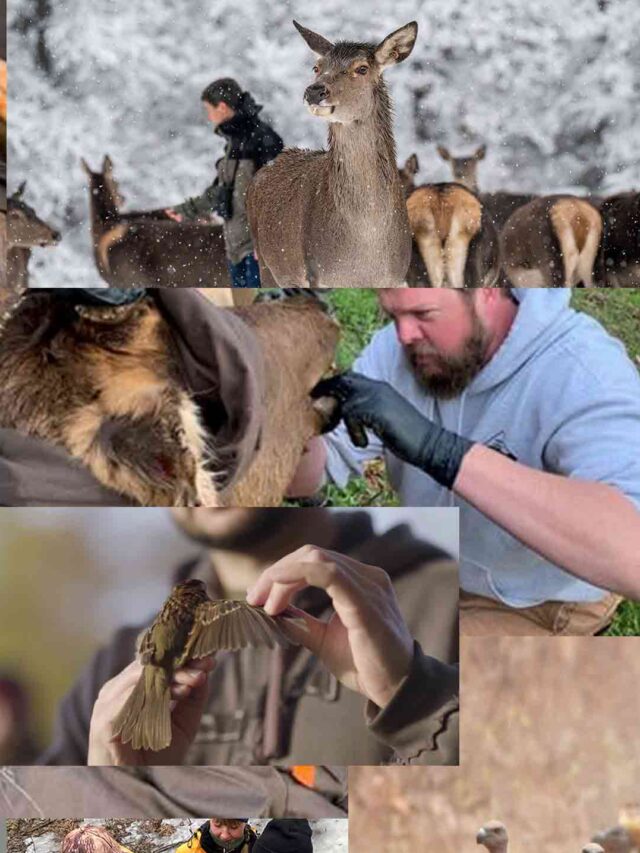
Table of Contents
Introduction to Koalas
Koalas Australia’s Tree Dwelling Marsupials, often referred to as the quintessential symbol of Australia, are beloved marsupials known for their cuddly appearance and unique lifestyle. Despite their popularity, there’s much more to these iconic creatures than meets the eye.
Habitat and Distribution
Cute Koalas are native to Australia and can be found in various habitats, including eucalyptus forests and woodlands. They are most commonly found along the eastern and southeastern regions of the country, where eucalyptus trees, their primary food source, are abundant.
Physical Characteristics
Black Koala Bear With their fluffy ears, prominent nose, and distinctive black nose, koalas have a charming appearance that sets them apart from other marsupials. They have thick, woolly fur that helps regulate their body temperature and protect them from the elements.
Behaviour and Lifestyle
Koalas are predominantly solitary animals, spending most of their hangtime lounging in eucalyptus trees, where they feed and sleep. They are nocturnal creatures, meaning they are most active at night, although they may be seen moving between trees during the day like a hangtime koala.
Diet and Feeding Habits
Eucalyptus leaves make up the bulk of the big koala’s diet, providing them with essential nutrients and moisture. The big koalas have specialized digestive systems that allow them to break down the tough, fibrous leaves of eucalyptus trees, which are toxic to most other animals.
Reproduction and Life Cycle
Female Koalas in Australia’s Tree Dwelling Marsupials, typically give birth to a single joey (baby koala) after a gestation period of around 35 days. The joey then spends several months developing in its mother’s pouch before emerging and clinging to her back. Koalas reach sexual maturity at around two to three years of age.
Threats and Conservation Status
Koala bears face numerous threats in the wild, including habitat loss, climate change, disease, and predation by domestic animals. As a result, their populations have declined significantly in recent years, leading to their classification as a vulnerable species.
Koalas in Popular Culture
Kawaii Koalas holds a special place in the hearts of Australians and people around the world, often appearing in art, literature, and media as symbols of Australia’s unique wildlife. Their endearing appearance and laid-back demeanour have made them cultural icons.
Importance of Koalas in Ecosystem
Koala Conservation Efforts
Efforts to conserve koalas and their habitats are underway, including habitat restoration, wildlife corridors, and public awareness campaigns. Organizations and governments are working together to address the threats facing koalas and ensure their long-term survival.
Koalas Australia’s Tree Dwelling Marsupials
FAQs about Koalas
-
Are koalas bears?
- No, koalas are not bears. They are marsupials, belonging to the same family as kangaroos and wombats.
-
Do koalas drink water?
- Koalas obtain most of their water from the leaves they eat, but they will drink water if available.
-
Are koalas endangered?
- Koalas are classified as vulnerable species due to habitat loss and other threats to their survival.
-
Can koalas be kept as pets?
- In Australia, it is illegal to keep koalas as pets. They are protected by law to ensure their conservation.
-
How long do koalas live in the wild?
- Koalas in the wild typically live for around 10 to 12 years, although some may live longer in captivity.












